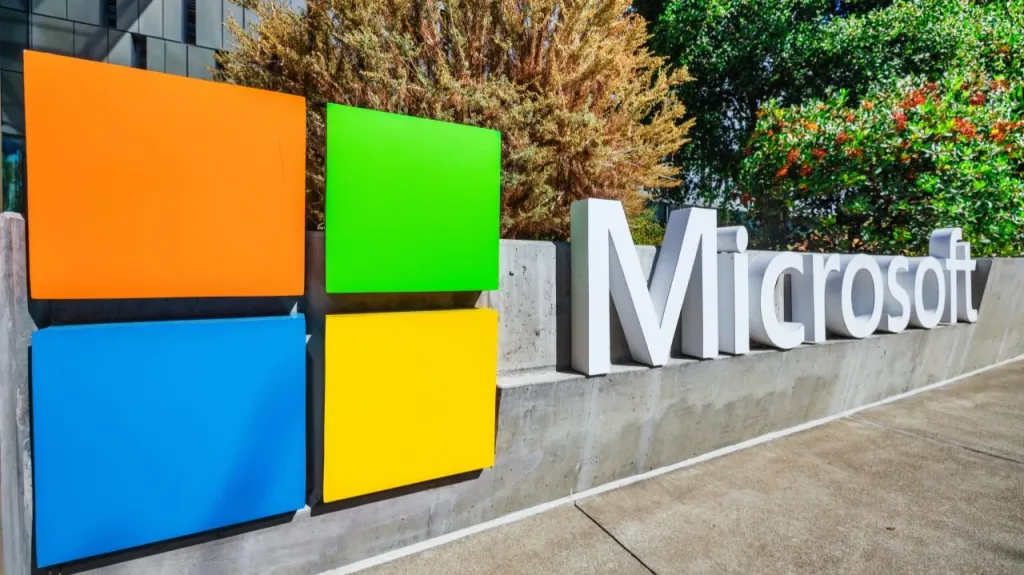Microsoft begins second major wave of layoffs: forced by huge AI investment
As a result of layoffs in May and July about 15 thousand people will lose their jobs

Microsoft has begun the second wave of mass layoffs in less than two months: about 9,000 employees will lose their jobs. The company is forced to cut costs and get rid of redundant management levels in order to free up resources for investments in artificial intelligence and the expansion of infrastructure for it.
Details
Microsoft has begun layoffs that will affect about 9,000 employees. It's the second major wave of layoffs this year aimed at cutting costs, reported Bloomberg.
According to the company spokesman, the cuts will affect less than 4% of the total number of employees. The layoffs will affect different teams, regions and seniority categories and are being carried out to optimize processes and reduce the number of management levels, he added.
"We continue to implement the organizational changes necessary to ensure that companies and teams are best positioned to succeed in a dynamic marketplace," said a Microsoft spokesperson.
The new layoffs follow a previous round in May, when 6,000 people lost their jobs - mostly in product and engineering teams. Microsoft's plans to resume large-scale layoffs in July said earlier Bloomberg sources. They claimed that the wave would affect sales departments and individual divisions, including the maker of Xbox game consoles.
The company employed 228,000 people at the end of June 2024, including 45,000 in sales and marketing. Microsoft often restructures teams and announces other changes near the end of its fiscal year, which ends in June, Bloomberg notes;
What does this mean for the investor?
Microsoft is investing heavily in AI infrastructure, but business margins are suffering, noted Reuters. The company has planned $80 billion in capital spending for the current fiscal year, with much of that money going to data center expansions to address capacity constraints for AI services. After a wave of cuts in May, Citi predicted that Microsoft would thus be able to cut operating expenses by about 4 percent a year, or $2.5 billion.
Staff reductions are a natural result of such capital investments, noted DA Davidson analyst Gil Luria in May. In every year with this level of investment, Microsoft needs to reduce its headcount by at least 10,000 people, he said.
Other major tech companies actively investing in artificial intelligence are also making cuts, writes Reuters. Facebook's parent company Meta said earlier this year that it would lay off about 5% of its "least effective" employees. Alphabet (Google's holding company) has also said goodbye to hundreds of people over the past year. Amazon carried out reductions in different business segments, including in the book division, in the devices and services department, as well as in the communications department, the agency writes.
In late April, Microsoft reported revenue growth of 13% and net income growth of 18%, beating Wall Street expectations. The company also reported that its Azure cloud division increased revenue by 35% last quarter, which was also better than analysts' expectations. That shows that customer demand for cloud services remains robust despite U.S. trade duties and economic instability, noted Bloomberg.
What are the analysts saying?
Jill Luria of DA Davidson maintained a Buy rating for Microsoft stock on July 2 and set a $600 target price, writes TipRanks. The analyst price target is 22% above the July 1 close.
In a report published on June 30, analysts at Bernstein also reiterated a "buy" rating for the stock with a target price of $540.00.
The overall sentiment on Wall Street generally suggests a Strong Buy consensus forecast for Microsoft stock, with an average target price of $521.41 - that's about 6% above current levels, writes TipRanks.
The tech giant's shares were practically unchanged in price in trading on July 2 compared with the close a day earlier.
This article was AI-translated and verified by a human editor
